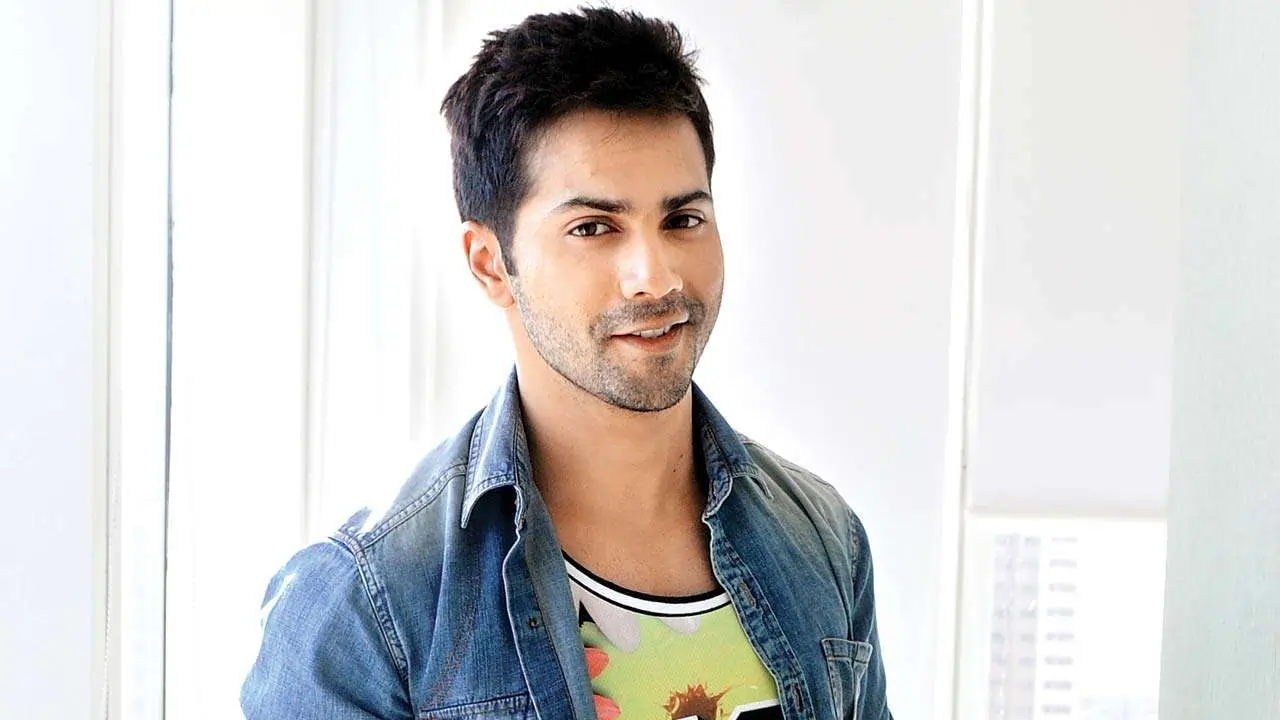
Inside Glass Courts: Padel’s Global Rise and Growing Popularity
10 days ago | 5 Views
A sport that started as a happy accident in a backyard in Mexico has taken the world by storm, captivating athletes, entrepreneurs, and sports fans alike. It has even made its way to the city of dreams.
This month, the Asia Pacific Padel Tour (APPT) Mumbai Open kicked off its inaugural event in India at St Stanislaus School in Bandra, marking a key moment for the sport in the country. With top international players, a prize pool of $6,500, and global ranking points up for grabs, the tournament attracted a vibrant crowd.
The venue is impressive, featuring sleek courts encased in glass walls and metal mesh fencing right in the heart of Bandra. The atmosphere is filled with music, energy, and a refreshing vibe. For many Indian players, this represents a return to high-level competition.
"At 32, I thought my sports career was done," shared Jenai Bilimoria, a former tennis player. "Padel brought me back into the game. It’s much easier to pick up than other racquet sports."
Vaibhavi Deshmukh, who was part of the Indian team that clinched bronze at the Asia Pacific Padel Cup (APPC) in Bali last year alongside Bilimoria, spent nearly ten years competing in junior and international tennis. "Padel felt like a natural next step," she noted. "The tournament in Bali really got things moving for us."
Padel was invented in 1969 and quickly gained popularity in Europe and Latin America. India joined the scene later, in 2016, when Sneha Abraham and her husband Ronnie Sehgal, who operated a tennis academy in Bengaluru, discovered the sport's appeal in Spain. They built the first padel court in India in 2017 and helped establish the Indian Padel Federation that same year. Today, there are over 100 padel courts across the country.
Nikhil Sachdev, co-founder of Padel Park India, a prominent padel company, believes India is an ideal place for the sport to flourish. "We've launched our own circuit, the Indian Padel Tour, and have successfully hosted six editions so far."
At the APPC, India made a splash by finishing third, outperforming other emerging nations. This achievement allowed India to host an APPT tournament that attracted over 100 players, including both amateurs and professionals from countries like Spain, Argentina, France, the UK, the USA, Russia, Thailand, and Singapore.
The Rise of Padel
Is it squash under the sun or tennis with walls? Not quite, but padel finds the perfect balance between the two.
The scoring system is similar to tennis, with the exception of the Golden Point rule. However, the game is played on a smaller court surrounded by glass and metal mesh walls. This setup leads to shorter sprints, longer rallies, and continuous action, as the ball remains in play even after bouncing off the walls.
Forget about powerful tennis serves; padel relies on underhand serves, emphasizing strategy, quick reflexes, and teamwork. The racquets are distinct as well: shorter, perforated, and stringless, allowing for better control and powerful swings. The ball resembles a tennis ball but has slightly lower pressure, which promotes slower, longer, and more tactical rallies.
Padel strikes a great balance between intensity and accessibility. It's gentler on the body than tennis, faster than squash, and much more social than either sport. With its doubles-only format, it fosters a sense of camaraderie.
"The surge in padel's popularity in many countries happened during the Covid pandemic when people couldn't meet up," said David Maxwell, director of the APPT. "Recently, padel has even surpassed golf to become the top networking sport."
Game, Set, Switch?
A lot of former tennis players, both globally and in India, are making a switch to padel, discovering new enthusiasm and success in the sport.
Sharmada Balu, a past national tennis champion, is enhancing her padel skills at the age of 31. Similarly, Aryan Goveas, who was once one of the top junior players in India and faced off against current world No.1 Jannik Sinner in 2018, is also diving into padel.
Aryan Hemdev, who is competing in the APPT Mumbai Open, believes padel is the ideal blend of squash and tennis. "If you've played either sport at a high level, you've already mastered half of what padel demands. Plus, it’s easier on the body, making it a more inclusive sport, especially for former athletes."
Max Pickard, an APPT player, coach, and host of the Humans of Padel podcast, shared, "Even if you're a beginner, you can easily enter a tournament like the APPT. That’s the charm of padel; it’s competitive yet accessible, and since it’s less taxing on the body, it invites players of all ages, sizes, and skill levels."
Looking Ahead
Despite its rapid growth, padel in India is still facing some initial challenges. The main issue? Infrastructure. While new courts are being built, they are mostly found in major cities. Coaching is another hurdle, as India is still developing its expertise in this area. Additionally, there's the challenge of visibility.
"Pickleball is definitely getting a lot more attention online," Hemdev pointed out. "Padel hasn't quite reached that level of excitement in India yet, and that's something that needs to change. Once we have the right infrastructure in place, the marketing can kick in."
Sachdev added, "For a sport to really thrive, it needs to be present on three fronts: recreational, professional, and in the public spotlight. Padel has nailed the first two, but it's still missing the third. We're already seeing corporate support come in, and according to Sachdev, this is just the start."
The involvement of sports legends, like Pullela Gopichand stepping in as the chief advisor for the Indian Padel Federation, can only help build momentum. "Having big names can really elevate padel in India," said UK player Ed Stoner. "MS Dhoni is a huge fan of padel, which boosts its visibility both here and in the UK. Even David Beckham is getting into it. That kind of star power really makes a difference."
On a global scale, franchise-based padel is thriving. The recent Hexagon Cup in Madrid attracted team owners like football star Robert Lewandowski, tennis legend Andy Murray, the Rafa Nadal Academy, Hollywood actress Eva Longoria, and F1 driver Pierre Gasly, all investing in the sport.
Sachdev is confident that India will soon follow this trend. "Franchise-based padel will be here in India before we know it."
Padel is evolving beyond just a pastime. For many athletes, it’s becoming a second career, and for investors, it’s a promising business venture. For India, it represents a new sport that could carve out its own niche.
Read Also: Liverpool’s Path to Premier League Glory: Scenarios for Securing the 2024-25 Title
Get the latest Bollywood entertainment news, trending celebrity news, latest celebrity news, new movie reviews, latest entertainment news, latest Bollywood news, and Bollywood celebrity fashion & style updates!
HOW DID YOU LIKE THIS ARTICLE? CHOOSE YOUR EMOTICON!
#




















